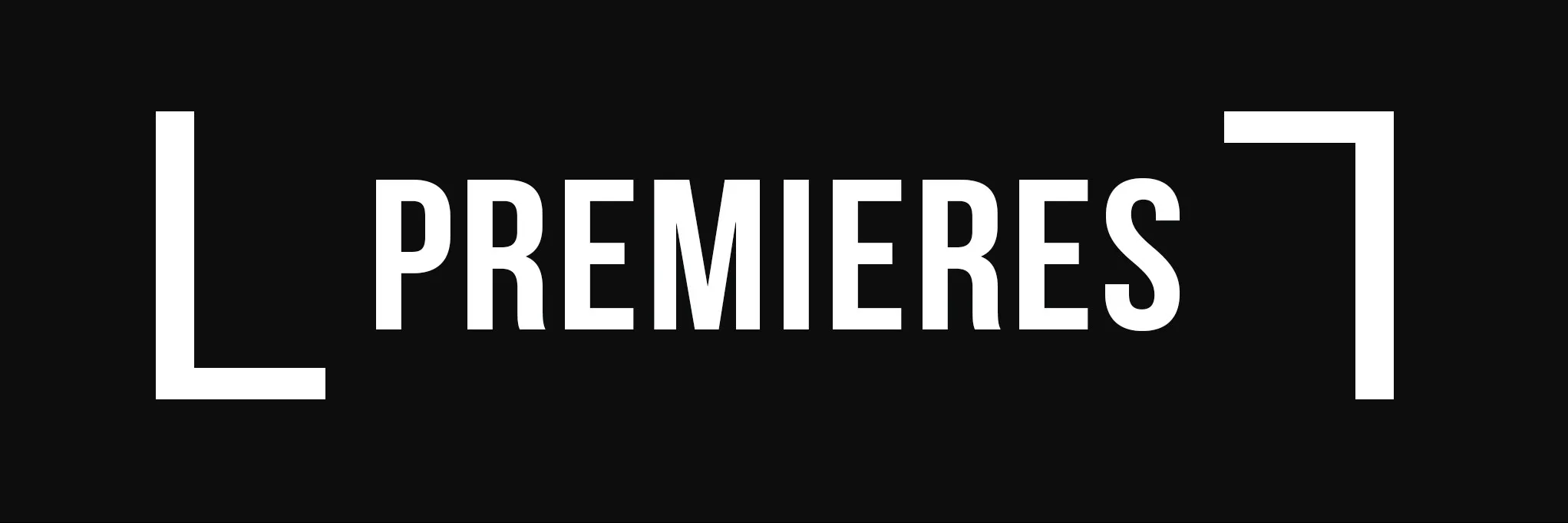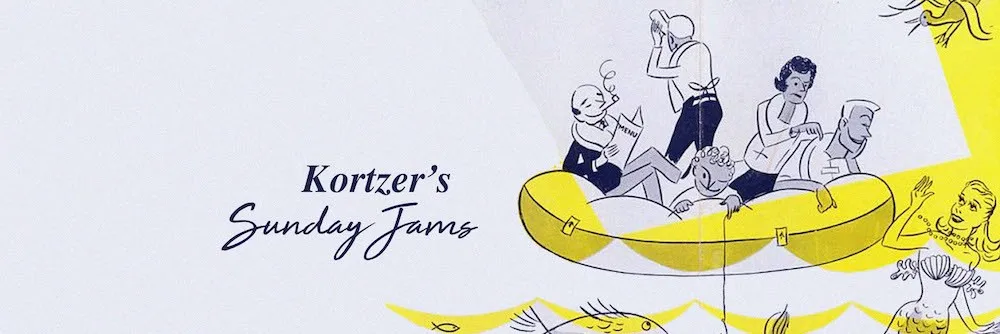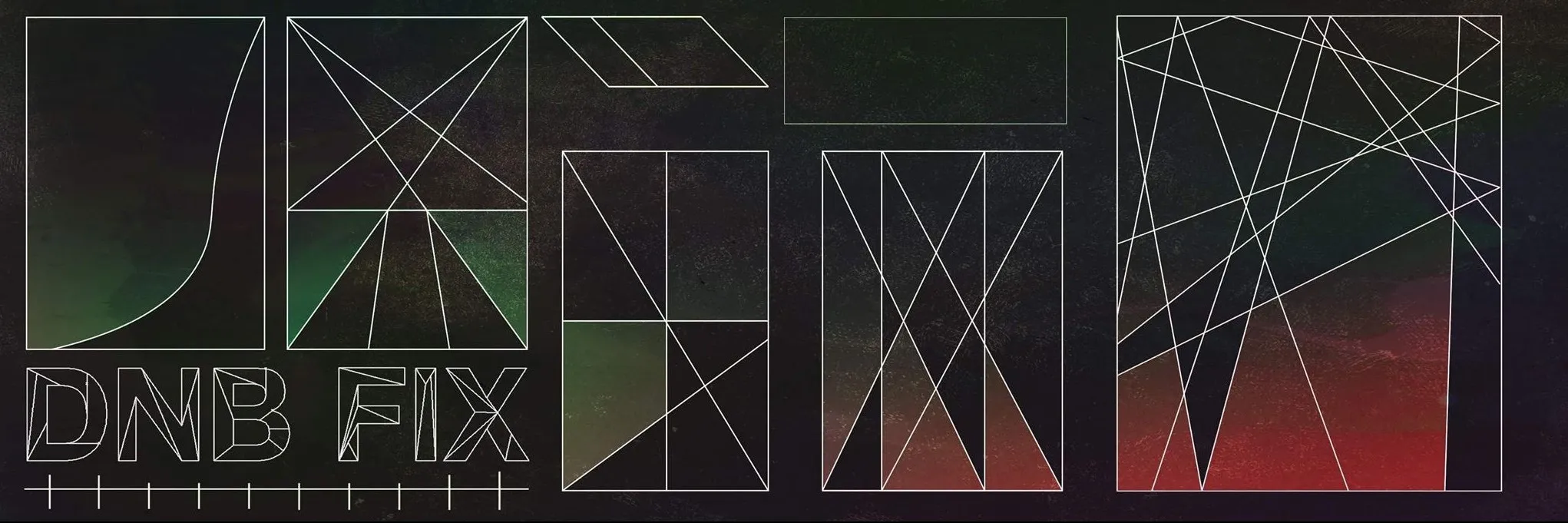 A collection of fairly unknown artists compiles a variety of Nordic ambient music on Liquidos label Pattern Abuse. As opposed to the eclecticism of Volume 1, Volume 2 heads in a more precise direction, delivering soothing synth atmospheres and icy sound signatures inspired by Scandinavia.
A collection of fairly unknown artists compiles a variety of Nordic ambient music on Liquidos label Pattern Abuse. As opposed to the eclecticism of Volume 1, Volume 2 heads in a more precise direction, delivering soothing synth atmospheres and icy sound signatures inspired by Scandinavia.
Music from Nordic countries often has a certain character. Recurring themes like sharp percussion and long droning synths are commonplace, and can be heard in the output from a variety of projects:Burzum,Northern Electronics,Thule, and evenYung Lean, to name a few. The surroundings in these regions are represented in the music; wide tundra and deep echoic valleys, a chilling breeze and flecks of ice on your skin.
Although this compilation is maintained within ambient territory, the styles differ significantly. A light-hearted melodic piece, Atmofling by Jack Rock, feels homely and comforting, with sharp synths zipping back and forth. Similarly, a pleasant interlude, ‘Jens Paldam – Tinsel, makes use of a lilting rhythm and subtle atmospheric sampling, keeping its head high and proud above the depths explored elsewhere on the compilation. More sombre paths are traversed by Bodings ‘Vuggevise, the significantly downtrodden melody is reminiscent of hardship and isolation. Unmistakeably Scandinavian, Vuggevise sounds more inspired by traditional folk music than some of the other experimental recordings here. ‘M422 – Øo feels tortured and ritualistic, droning bass and ghoulish vocals wail in the distance, certainly not traditional and one of my favourite cuts. Further down the rabbit hole, Liquidos ‘Scaffolding does away with any cohesive melody; atonal, abstract, and unnerving, Liquidos contribution is focused on sound design and an evolving story, rewarding those who pay close attention.
‘Asynkron – Objects in the Sky is Pattern Abuse at its most curious, a strange arrangement of sounds, an incomprehensible vocal sample, and unpredictable mechanistic low frequency rumbles dance together to produce what can only be described as an oddity. Claus Poulsen continues in the vein of experimentalism with ‘The Ambient Bath, heaps of vinyl crackle, and what sounds like old run-down modular synth patches struggling for survival in the background. Age seems to be the theme; degraded machines spluttering their last breath. Another favourite of mine, ‘Qloo – Oh is more upfront, big distorted melodies and strings like those in the soundtrack of a dystopian feature film, subtle alien sounds bubbling under the surface to keep it interesting, while huge emotional synth-waves swell and crash unceasingly. Contrastingly, ‘Inuti – Gränsdragning is much more dreamlike, highly therapeutic and repetitive, sounding like an emergency beacon in a blizzard, an apt choice to lull yourself to sleep.
The long-player of this release, at almost 8 minutes run-time, ‘Horizon by Cedric Elisabeth, combines electronic sounds and strings into an orchestral arrangement. A modern classical feel, slightly thrown off-kilter by occasional meandering piano plucks and atmospheric shuffling sounds. Ultimately, a pure piano piece, ‘Ljudvägg – Taktlöshet, rounds off the compilation, a slight sense of optimism permeating the catchy key progression. Much like the other tracks, either due to the equipment or added as an extra touch, ever present textured sounds flicker underneath. These sounds are a common theme throughout the whole compilation. In fact, many of the tracks sound almost as if they were recorded straight to tape on old, weathered equipment. Artistic choice or not, this does certainly add character to the music, giving the impression of obscure, long-lost sounds. This helps give the impression that these are rustic, grassroots recordings. The general vibe is quite reserved, even the most abstract bits arent particularly shocking, yet the content manages to be dark but pleasant, full of variety yet cohesive, whilst maintaining key Nordic nuances.https://pattern-abuse.bandcamp.com/
Written by Daniel Thomas
← Back to blog




